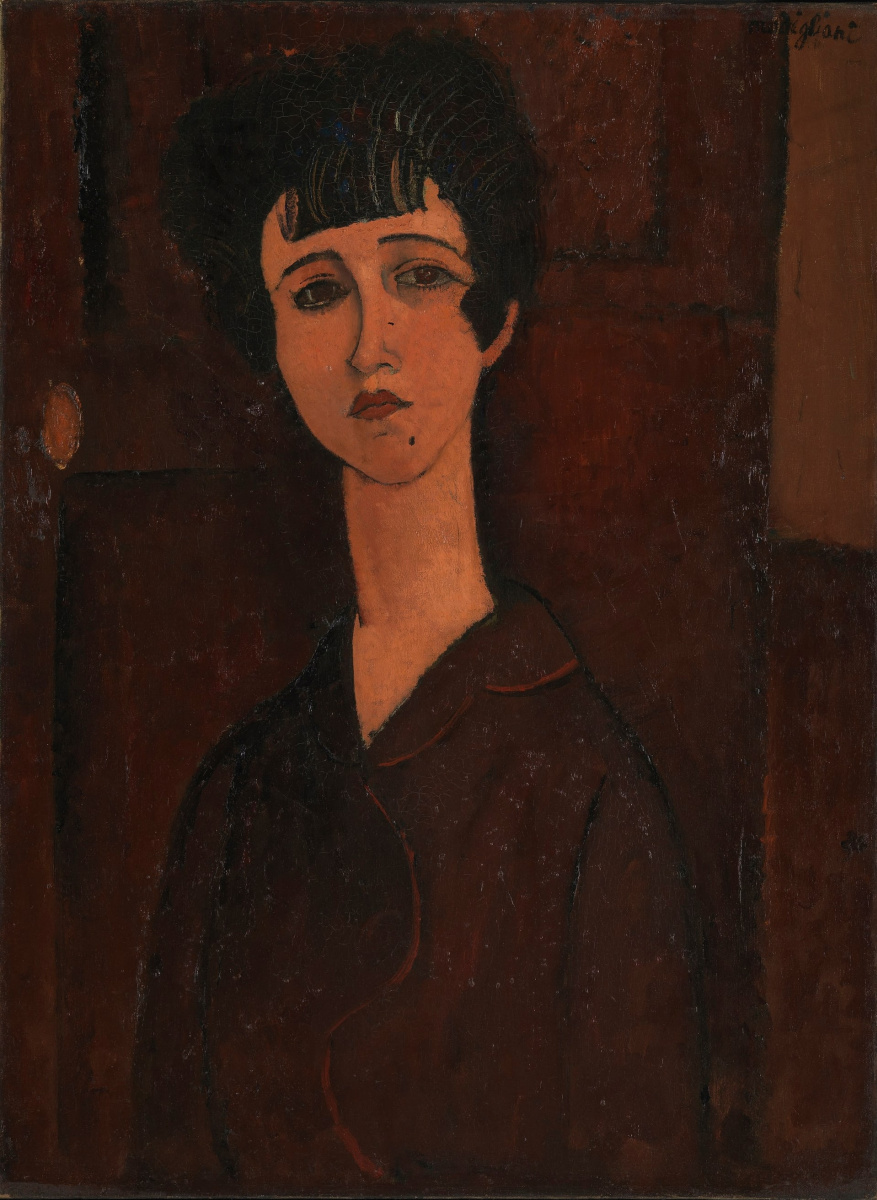
Hastings was a writer and she was the author of a surrealistic novella about her relationship with the artist, titled 'Minnie Pinnikin.' She read excerpts of it at a public event in 1916, but the manuscript was then lost for the rest of the century. Dr. Wayne discovered it again in 2001 buried in MOMA’s archives.

Left: An x-ray reveals the previously unknown painting by Amedeo Modigliani emerging from behind one of his masterpieces.
Photograph: Mark Heathcote and Abbie Soanes/Tate Photography

Both Hastings and Modigliani suffered from alcoholism and drug abuse, and their relationship has been described as passionate and combative. Beatrice Hastings is, beyond doubt, known primarily as Amedeo Modigliani’s muse. We could see her in 14 paintings of Modigliani and in his numerous drawings.
The Tate describes how, even within the bohemian milieu of Paris in the 1910s, they were "a feral, wayward pair". The gallery notes: "He lived in a haze of intoxication — absinthe, wine, hashish — and would dance on tabletops, howl out lines of Italian verse, and rampage through the streets at night. She had as many faces as voices. Modigliani’s portraits together convey a shape-shifting, highly volatile nature."
Left: Amedeo Modigliani in his studio with portraits of Beatrice Hastings and Raymond Radiguet, photographed by Paul Guillaume in 1915.
Modigliani has been described as one of the world’s most faked artists. Last year, an exhibition at the Palazzo Ducale, in Genoa, closed early after Italian prosecutors alleged that 21 of some 60 works were possible fakes.
Based on materials Art News, The Guardian.





















